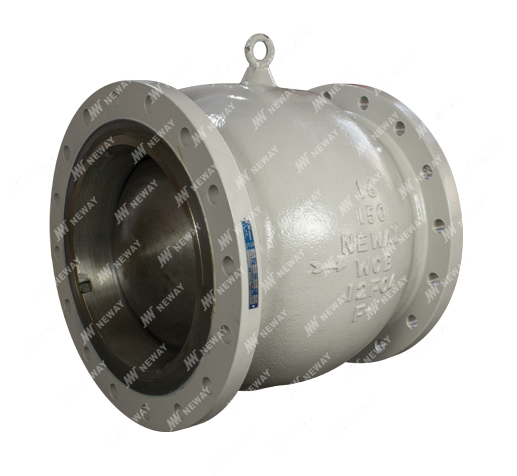Across pumping stations, power plants, and pipeline networks, water hammer poses a relentless threat to infrastructure. This destructive pressure surge occurs when fluid flow abruptly stops, risking pipe bursts, joint failures, and equipment damage. Neway axial flow check valves directly combat this hazard through optimized design, merging rapid response with energy efficiency. Their specialized mechanics offer industries a proactive safeguard against costly operational disruptions.
Mitigating Water Hammer Through Precision Engineering
Conventional swing check valves exacerbate water hammer by closing slowly, allowing reverse flow momentum to build before sealing. In contrast, Neway axial flow check valves utilize a guided disc system that moves linearly within the flow stream. This enables near-instantaneous closure upon flow reversal, preventing dangerous pressure spikes. The valve’s streamlined internal profile minimizes turbulence, further reducing surge potential. Engineers specify these valves for high-velocity applications—like boiler feed systems or large-scale irrigation—where milliseconds matter. Their fail-safe operation protects pumps, meters, and piping integrity, extending asset lifetimes while avoiding emergency shutdowns.
Secondary Advantages Beyond Surge Suppression
While water hammer prevention remains paramount, Neway axial flow check valves deliver compounding value. Their low-pressure drop design maintains system efficiency, reducing pumping energy costs by up to 15% compared to traditional check valves. Noise generation is notably subdued due to smooth disc guidance and the absence of metal-to-metal impact, benefiting worker safety in enclosed spaces. Furthermore, compact dimensions simplify installation in space-constrained retrofit projects. For maintenance teams, the valve’s modular construction allows quick seat replacement without full removal from pipelines—a feature Neway Valve optimizes through precision CNC-machined components and standardized repair kits.
Conclusion
Specifying Neway axial flow check valves represents a strategic investment in system resilience and operational economy. By eliminating water hammer at its source, enhancing energy efficiency, and simplifying upkeep, these valves address multiple pain points for fluid control engineers. As industries prioritize infrastructure durability and sustainability, such purpose-engineered solutions become indispensable.



